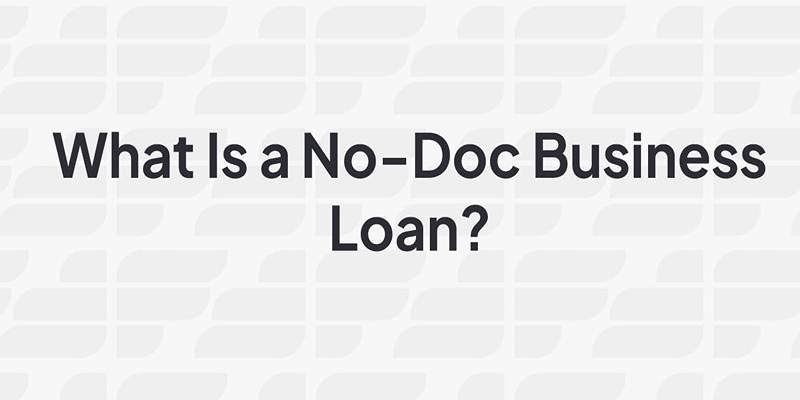A Home Equity Line of Credit (HELOC) can be a useful way to help fund a down payment when buying a home. It allows you to borrow against the equity you’ve built in your current home, providing flexible access to money. This guide will walk you through the steps of using a HELOC wisely, so you can make informed decisions and stay financially secure during the home-buying process.
What Is a HELOC and How Does It Work?

A Home Equity Line of Credit (HELOC) is a revolving line of credit borrowed against the equity in your home. Essentially, your equity (the difference between your home's market value and your mortgage balance) acts as collateral for the loan. Think of it like a credit card with a limit based on your home’s equity.
Unlike traditional loans, a HELOC offers flexibility because you only borrow what you need and pay interest on the amount drawn. It’s typically split into two phases:
- The Draw Period (5–10 years): During this phase, you can borrow funds up to your approved credit limit as needed. Minimum monthly payments usually only cover interest.
- The Repayment Period (10–20 years): Once the draw period ends, you’ll transition to repaying both principal and interest in regular monthly installments.
For homeowners aiming to buy a second property or upgrade to a dream home, a HELOC can be a viable means of financing the down payment.
Benefits of Using a HELOC for a Down Payment
It’s essential to understand the benefits of using a HELOC specifically for a down payment:
- Leverage Your Equity: If you’ve built significant equity in your home, why not put it to work for you? A HELOC allows you to unlock funds for a profitable investment instead of leaving your equity untapped.
- Flexible Borrowing: With a HELOC, you can borrow only the amount you need when you need it, giving you excellent control over the loan.
- Competitive Interest Rates: Compared to personal loans or credit cards, HELOCs typically offer lower interest rates since your home acts as collateral.
- No Closing Delays: Since you can use a HELOC to cover the down payment, you won’t be scrambling to liquidate investments or wait for external funds.
Step 1: Evaluate Your Home’s Equity
The first step in the process is to determine whether you have enough equity to make a HELOC worthwhile. Use this formula to calculate your equity:
Home Equity = Current Home Market Value - Mortgage Balance
For example, if your home is worth $400,000 and you owe $250,000 on your mortgage, your equity would be $150,000. Most lenders allow you to borrow up to 85% of your home’s equity. In this case, you’d qualify for approximately $127,500 ($400,000 x 85% - $250,000).
Step 2: Assess Your Financial Situation
Even with enough equity, it’s crucial to assess your financial position to ensure a HELOC is a feasible option:
- Do you have stable income to make monthly payments?
- Can you comfortably afford repayment after the draw period ends?
- Do you have a solid credit score, ideally above 680, to qualify for favorable interest rates?
A HELOC is a significant financial commitment, so take the time to evaluate whether this solution aligns with your financial health and goals.
Step 3: Compare HELOC Lenders
The terms and conditions for HELOCs vary by lender, so researching and comparing your options is essential. Here are some critical factors to consider:
- Interest Rates: Look for lenders offering competitive variable rates or explore fixed-rate HELOCs for more predictable payments.
- Repayment Terms: Compare draw periods, repayment periods, and monthly payment structures.
- Fees: Watch for any application fees, annual fees, or penalties for early repayment.
Speak with at least three lenders to find an offer that fits your needs.
Step 4: Get Approved for a HELOC
Once you’ve chosen a lender, the next step is applying for a HELOC. Be prepared to provide the following documents:
- Proof of income (like pay stubs or tax returns)
- Proof of homeownership and homeowner’s insurance
- Details of your current mortgage
- A recent appraisal, if required
Your lender will assess your creditworthiness, debt-to-income (DTI) ratio, and the value of your home as part of the approval process. Approval times vary but typically take between 2–6 weeks.
Step 5: Draw Funds for the Down Payment
Once approved, you’ll officially have access to your HELOC. Draw the necessary funds to make the down payment on your new property. Lenders will typically provide funds via checks, direct deposits, or even a dedicated HELOC debit card.
Keep these tips in mind:
- Borrow only what you need for the down payment to minimize your interest payments.
- Double-check your new home’s down payment requirements to ensure you’re drawing an accurate amount.
Step 6: Manage HELOC Repayments Responsibly
After drawing the funds, it’s time to focus on repayment. During the draw period, aim to pay more than the interest-only minimums whenever possible. This will reduce the principal balance, saving you money in the long run.
Here are two repayment strategies:
- Snowball Approach (pay smaller debts first): Use any extra cash flow to pay off smaller balances quickly while maintaining minimum payments on larger debts.
- Avalanche Approach (focus on high-interest debt): Prioritize clearing balances with the highest interest rates first to minimize overall costs.
Things to Watch Out For

While using a HELOC for a down payment can be effective, it’s important to consider the potential risks:
- Market Fluctuations: A drop in your home’s value could reduce your equity and make repayment more challenging.
- Overspending Temptations: Borrowing against your equity can feel like “free money,” but remember that repayment is still your responsibility.
- Variable Interest Rates: HELOCs often come with variable rates that can increase over time, raising your monthly payment.
Understanding these pitfalls will help you make smarter financial decisions along the way.
Conclusion
Leveraging your home equity can be a powerful financial tool, but it comes with significant responsibilities and risks. By carefully assessing your financial situation, understanding the terms of your loan, and staying mindful of potential pitfalls, you can make the most of this opportunity while safeguarding your financial future. Always seek professional advice when necessary to ensure your decisions align with your long-term goals.












